Acclimatization: Introduction
An organism’s capacity to adapt to changes in its environment is crucial to its ability to survive. An organism adapts to its changing environment by either acclimating to it or by adapting to it. Acclimatization occurs quickly and results in temporary physiological changes that guarantee survival. In contrast, adaptation leads to the creation of new characters over time, ensuring the survival of the organism.
In species exposed to novel environmental factors such pH, salinity, light, pressure, chemicals, altitude, and temperature, a physiological process called acclimatisation occurs naturally. Acclimatization results in certain modifications that enable the organisms to endure a wide variety of contrasting environmental circumstances.
Acclimatization in Human
Similar to other organisms, the human body adapts to abrupt changes in the environment. This facilitated the long-term survival of the human race and the expansion of the species to areas of the world with diverse climatic conditions. As an illustration, when a person relocates to a very hot region, his body begins to reduce the amount of salt he loses through perspiration, although perspiration increases to keep him cool. In addition, our body’s capacity to acclimate is what allows us to climb tall mountains and descend deep into the ocean. Let’s go deeper into the high altitude adaptation process.
Acclimatization at Higher Altitudes
Higher altitude regions are those that are positioned above 2,400 meters above sea level. Compared to locations close to sea level, these areas have a cooler climate. With rising height, the air pressure falls. Additionally, there is less oxygen in the atmosphere. High-altitude regions include, for example, the Himalayan mountain ranges.
Mechanism of acclimatization to higher altitudes
- When exposed to shifting climatic circumstances at higher altitudes, humans can experience changes in their personalities as well as cognitive abilities.
- The carotid bodies respond to low oxygen levels in the air that are inhaled.
- The rate and depth of breathing are increased by these arterial chemoreceptors.
- Erythropoietin is released by the kidneys in response to decreased oxygen pressure in the arteries. This encourages the bone marrow to produce red blood cells.
- People exposed to an increase in altitude experience a variety of alterations, including changes in the composition of oxidative enzymes, a reduction in the distance between capillaries, and changes in the affinity of hemoglobin towards oxygen.
Consequences to exposure to higher altitudes
- The stroke volume decreases as a result of a higher heart rate, which also reduces non-essential physiological activities like digesting.
- Respiratory alkalosis, a decrease in lactate synthesis, and an increase in 2,3-bisphosphoglycerate are a few prominent chemical alterations in the body.
- In pregnant women, such environmental conditions can restrict intrauterine growth, reduce placental blood flow, and thereby reduce the height of such children born.
- Mountain sickness, oedema in the lungs and brain, weight gain from fluid retention, increased ventilation, sleeplessness, vomiting, dizziness, and weariness are other symptoms of high altitude.
- If people rise at a faster rate, the high altitude effects mentioned above take place. The body becomes momentarily accustomed to the changing environment if the necessary amount of time is given for it to do so.
Oxygen level at higher altitudes
- Since oxygen is almost insoluble in water, it is mostly carried by the hemoglobin present in erythrocytes (RBCs) instead of blood plasma.
- A maximum of four oxygen molecules can attach to one hemoglobin molecule to generate oxyhemoglobin. This reaction is reversible.
- The partial pressure of oxygen directly affects how much oxygen binds to hemoglobin.
- With the increase in altitudes the partial pressure of oxygen decreases. As a result less oxygen is available for use.
- Thus, hemoglobin releases more bounded oxygen to the tissues. It can so happen that all the bounded oxygen is released.
- Since the O2 pressure at higher altitudes is low, more hemoglobin is also produced by the body. This is done so that the maximum amount of oxygen can be absorbed available in the atmosphere.
- This is the reason why people living in high-altitude regions have significantly red-colored cheeks as compared to people living at the sea-level.
Oxygen-dissociation Curves
- A typical oxygen dissociation curve demonstrates that hemoglobin initially binds to oxygen with difficulty, and that difficulty decreases with subsequent bindings—for example, the first oxygen molecule to deoxyhemoglobin is harder to bind to, than the second one which is comparatively easier to bind, the third one is even more easier to bind to, and so on.
- The oxygen molecules’ ability to bind to hemoglobin is influenced by a number of parameters.
- Temperature, pH, carbon dioxide, carbon monoxide, and 2,3-BPG all affect the binding of oxygen to hemoglobin.

Difference between Acclimatization and Adaptation

Myoglobin
- Specialized molecules that bind to oxygen are found in skeletal muscles.These molecules are known as
- Myoglobin which is single polypeptide chains.
- Since they are made up of a single heme molecule, they can attach to one oxygen molecule at a time.
- The graph of it displays a logarithmic pattern as opposed to the sigmoidal curve of hemoglobin molecules .
- When engaged in vigorous activity, myoglobin exhibits a delayed release and a strong affinity for oxygen.
Summary
The process through which an organism adapts to changes in its environment, including those related to temperature, altitude, humidity, pH, light, salinity, pressure, etc is termed acclimatization. It is a reversible process. It is a physical change and does not change the genetic composition of an organism. One example of acclimatization in humans is seen when humans travel to a higher altitude. At higher altitudes, oxygen levels and the temperature are low. Thus various internal changes such as increased hemoglobin production, increased rate, and depth of breathing, changes in the affinity of hahemoglobinowards oxygen, etc are observed. These changes are observed as a response to the change in the environment. It is the body’s way to acclimatize to new environmental conditions.
Frequently Asked Questions
1. How oxygen dissociation curve of a foetus is different from an adult?
Fetal hemoglobin has a slightly different composition than adult hemoglobin, which results in an increase in its affinity for oxygen molecules. In the placenta, where maternal hemoglobin is unloaded, it can load oxygen. The replacement of fetal hemoglobin with adult hemoglobin takes roughly six months after delivery.
2. Under which conditions does the oxygen dissociation curve move towards the right?
A shift towards the right side of the graph is seen under the following conditions-
- The oxygen partial pressure falls.
- Carbon dioxide’s partial pressure rises.
- Concentration of hydrogen ions rises.
- Decreases in pH or acidity.
- A rise in body temperature.
- An excess of 2,3-Diphosphoglycerateb is formed which is a byproduct of glycolysis.
3. What are the three stages of high altitude acclimatization?
The 3 stages of high altitude acclimatization are-
- Preparation stage- In this stage the person is prepared for the going to a higher altitude. He/She is given proper training and is exposed to the cold temperatures and low oxygen environment.
- Ascent stage- This is the stage when people begin to move up the altitude, i.e .they climib the mountain.
- Descent stage– This is the stage when people begin to come down.i.e they start climbing down the altitude and start coming to a region where temperature is high and oxygen-levels are also normal.



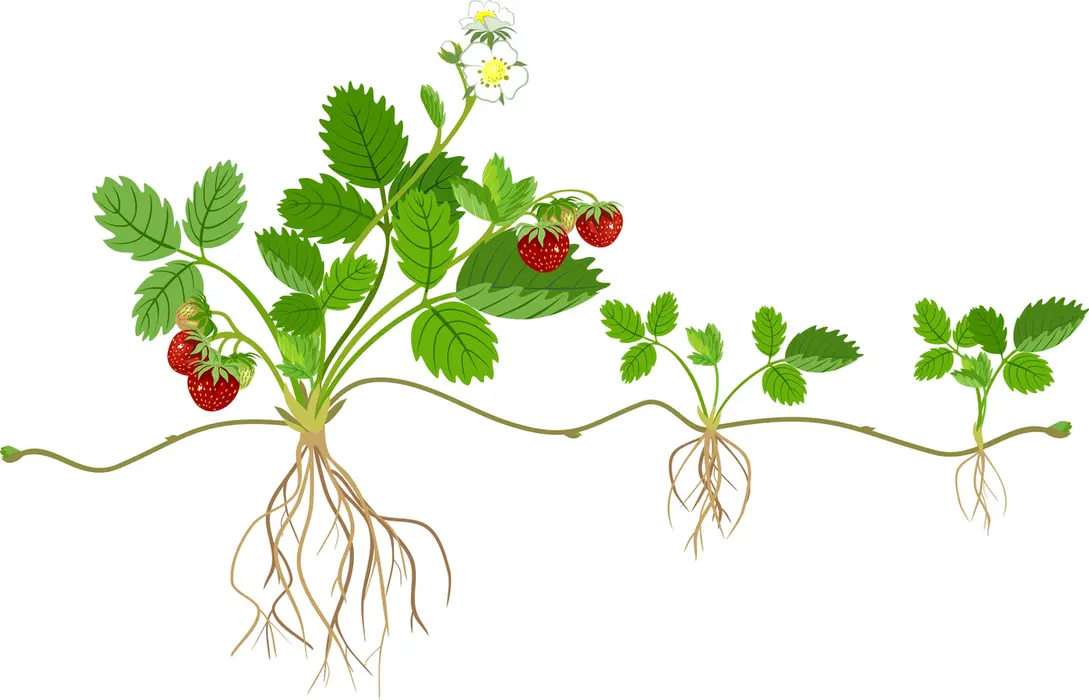
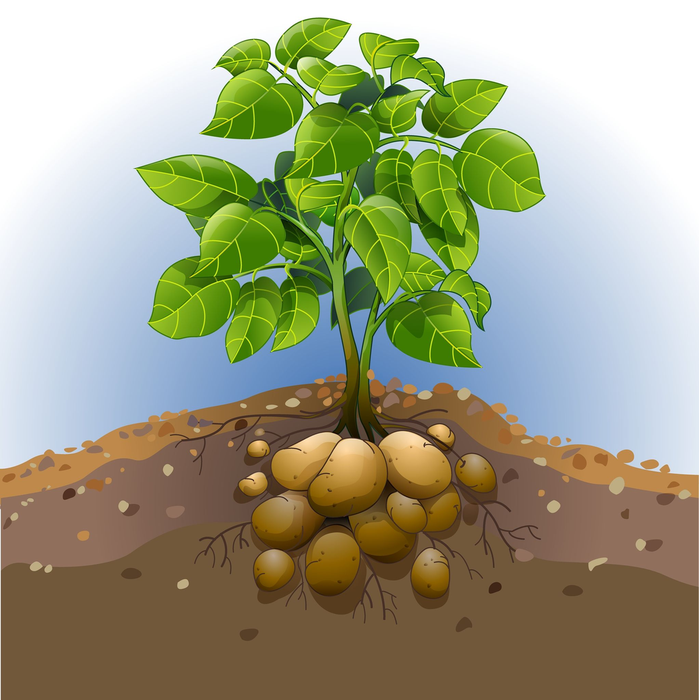
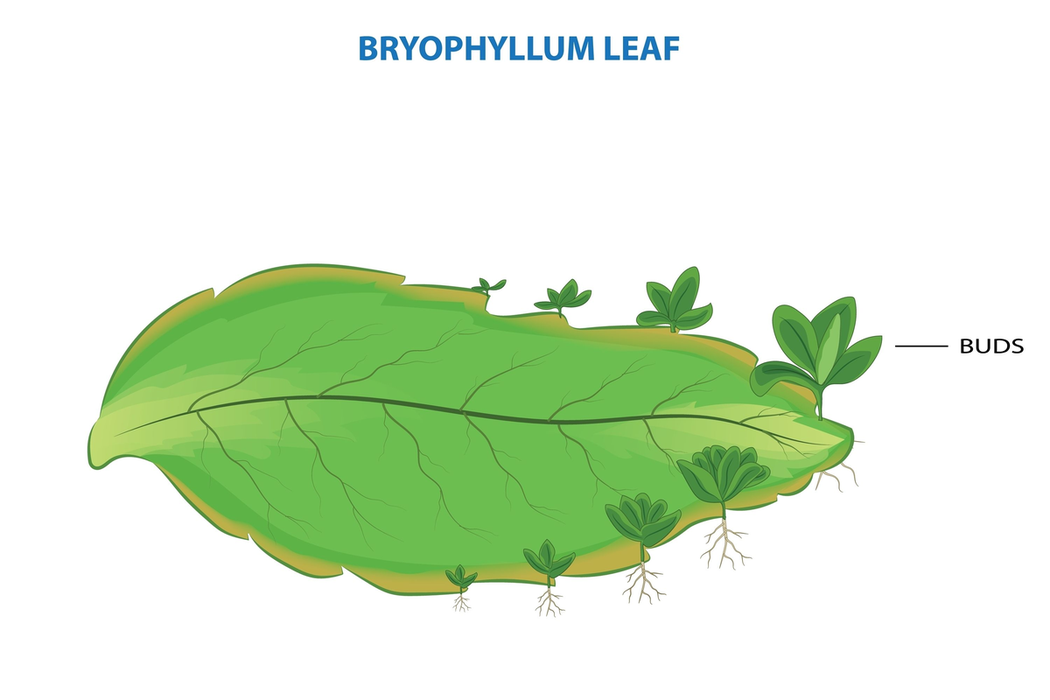
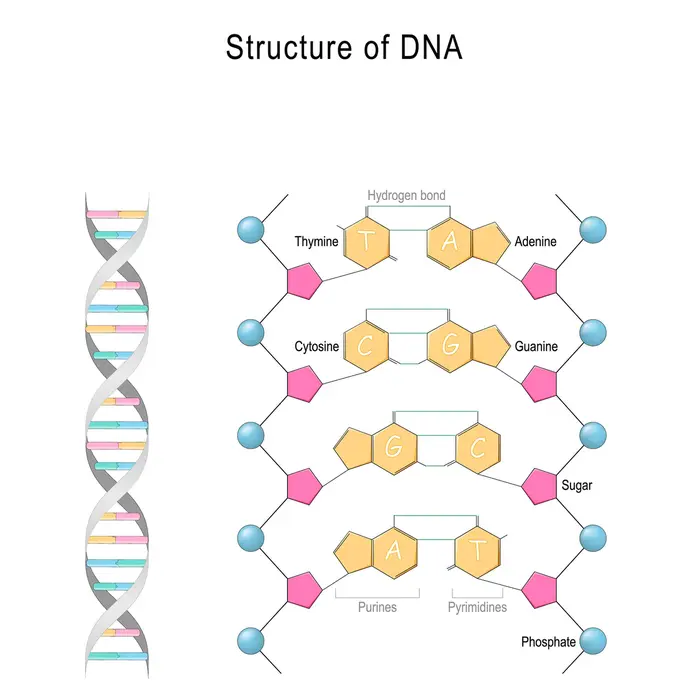
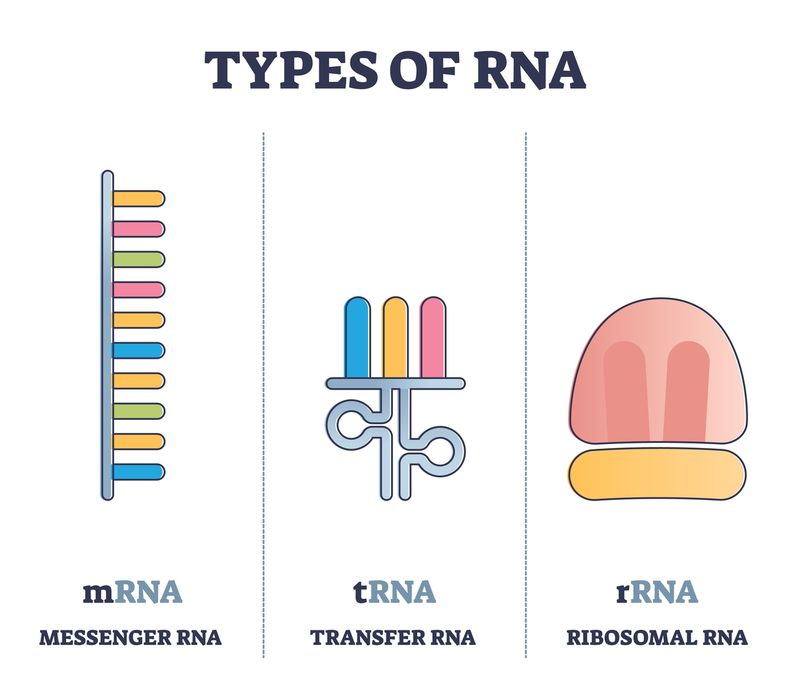
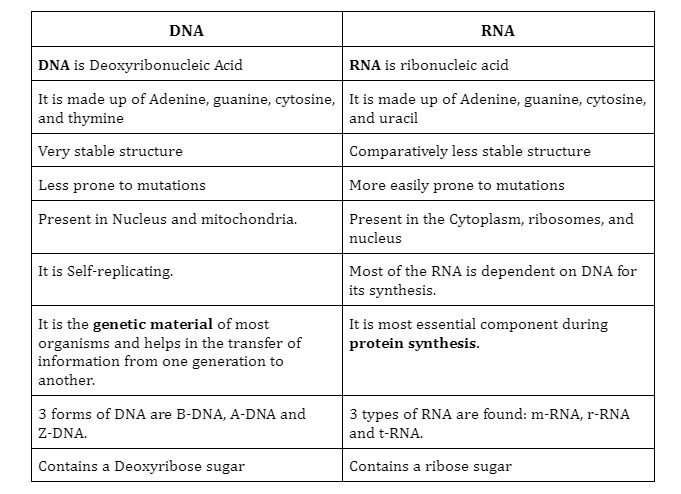


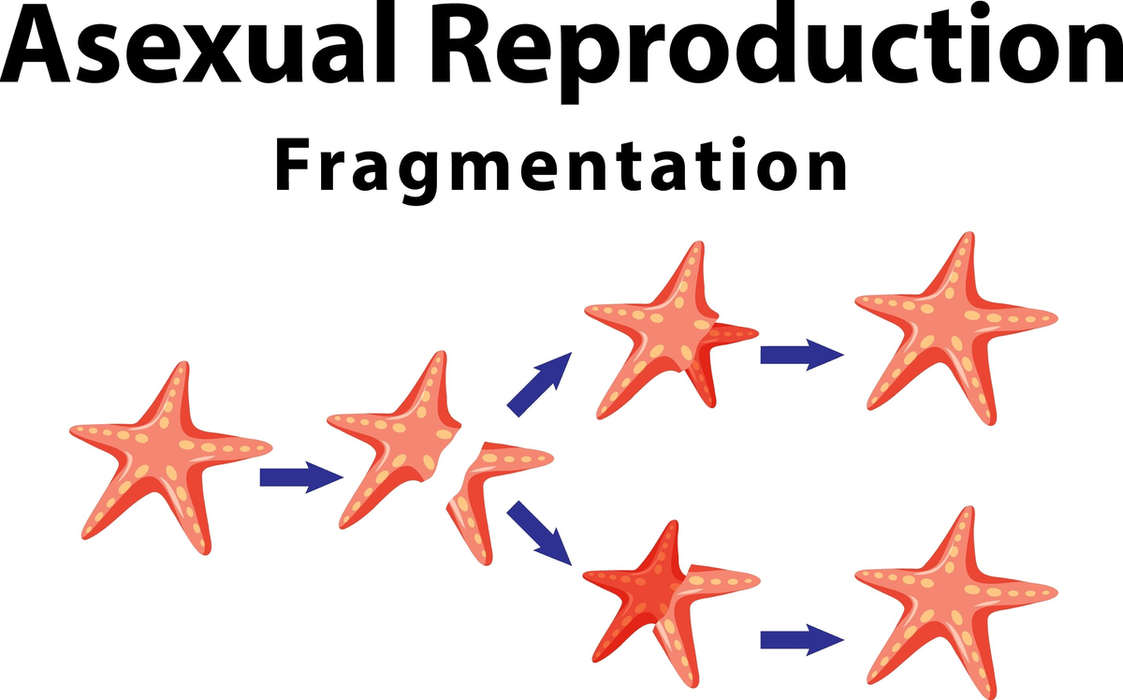

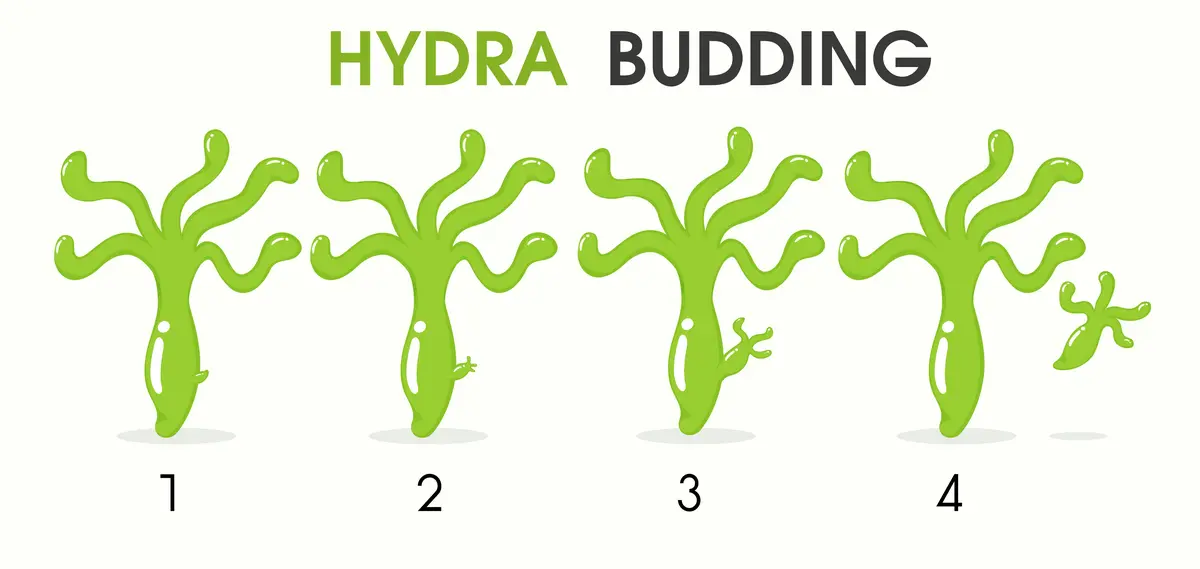


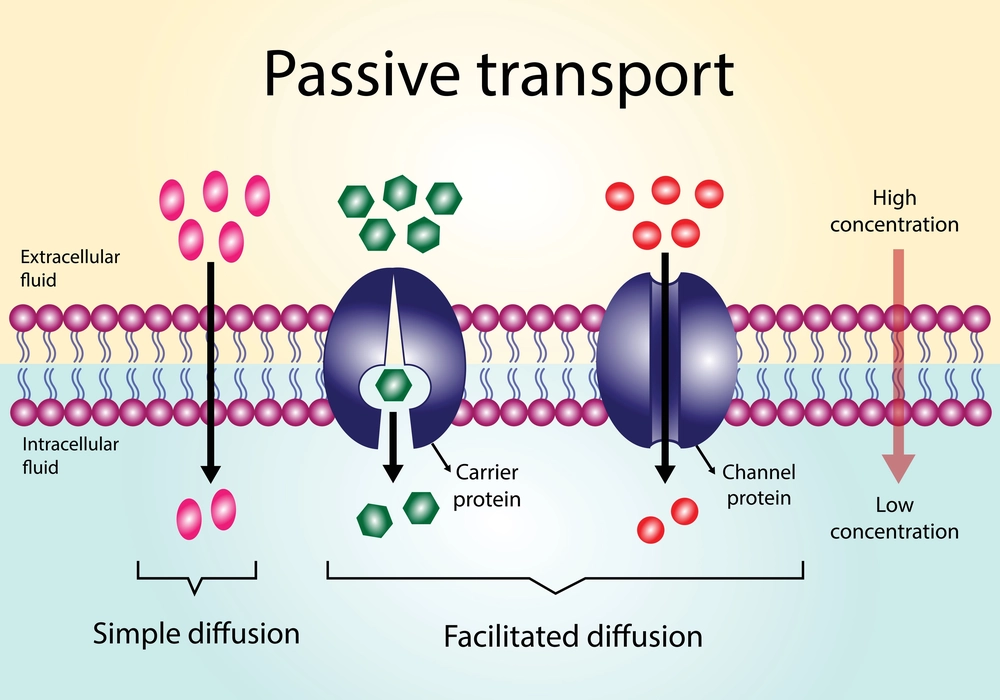

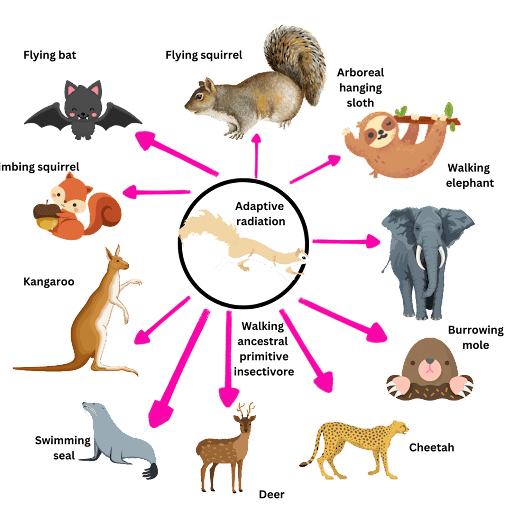
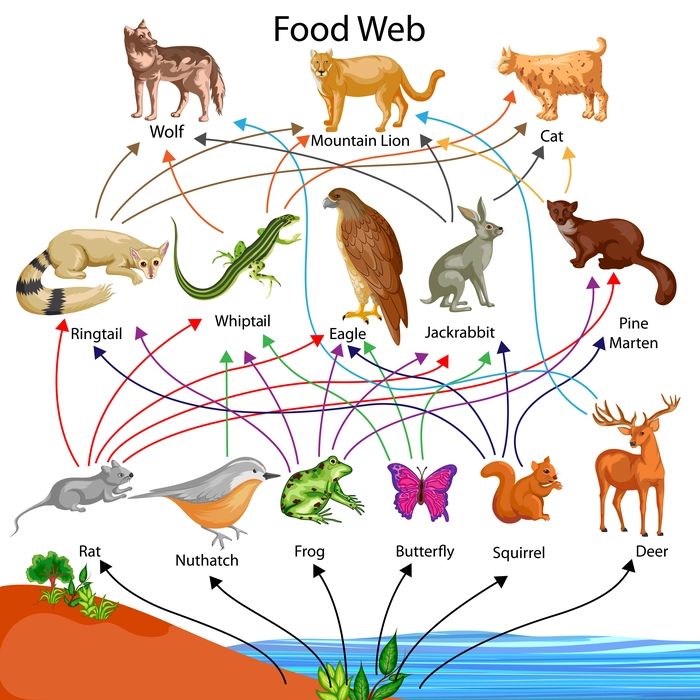
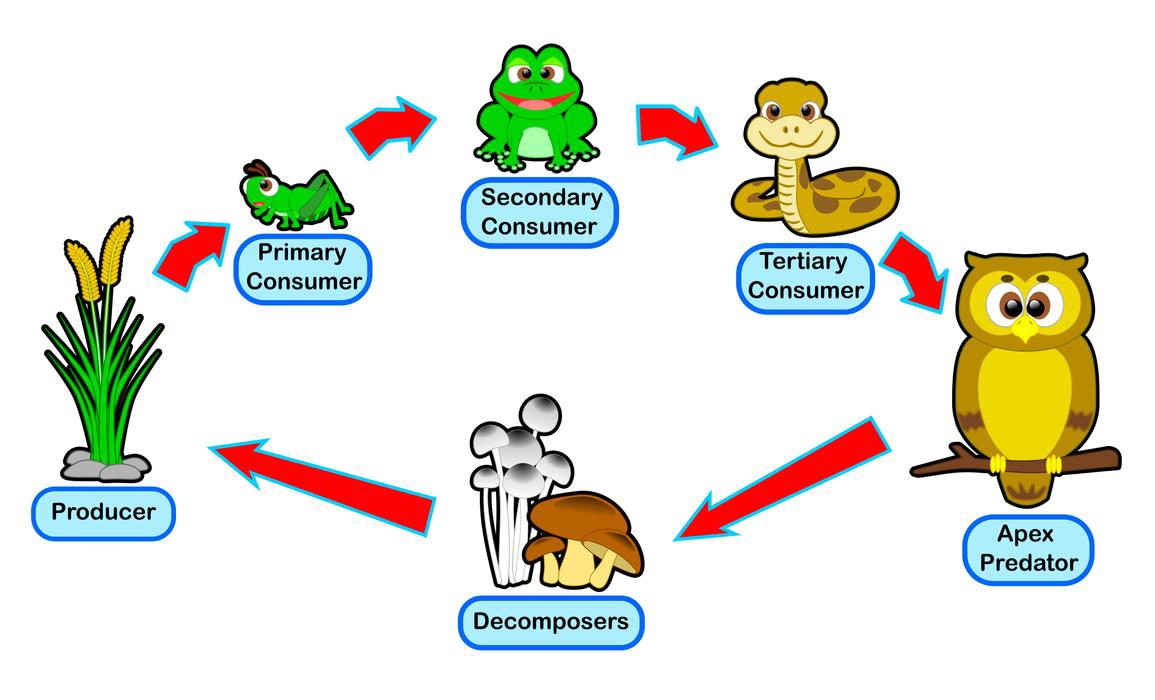
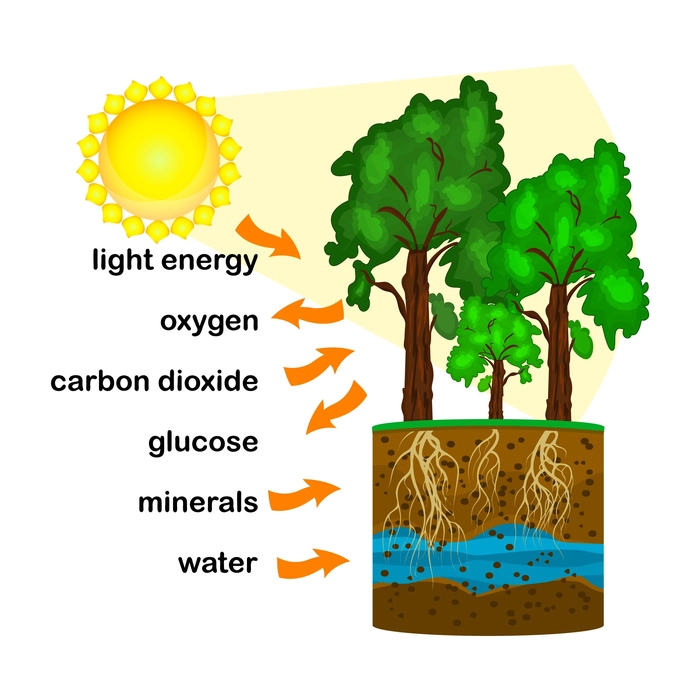
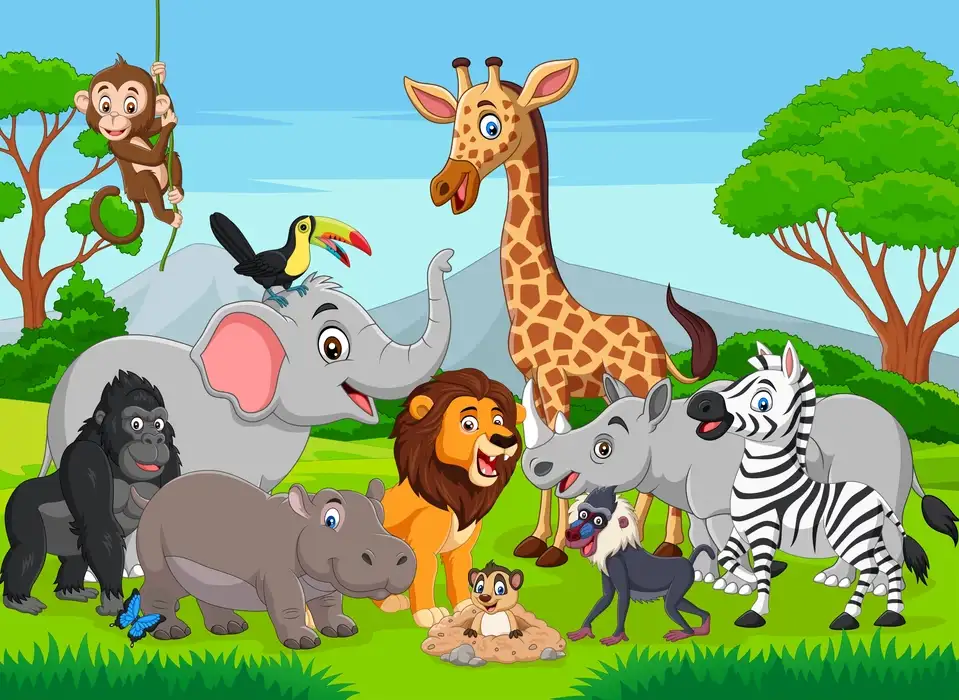
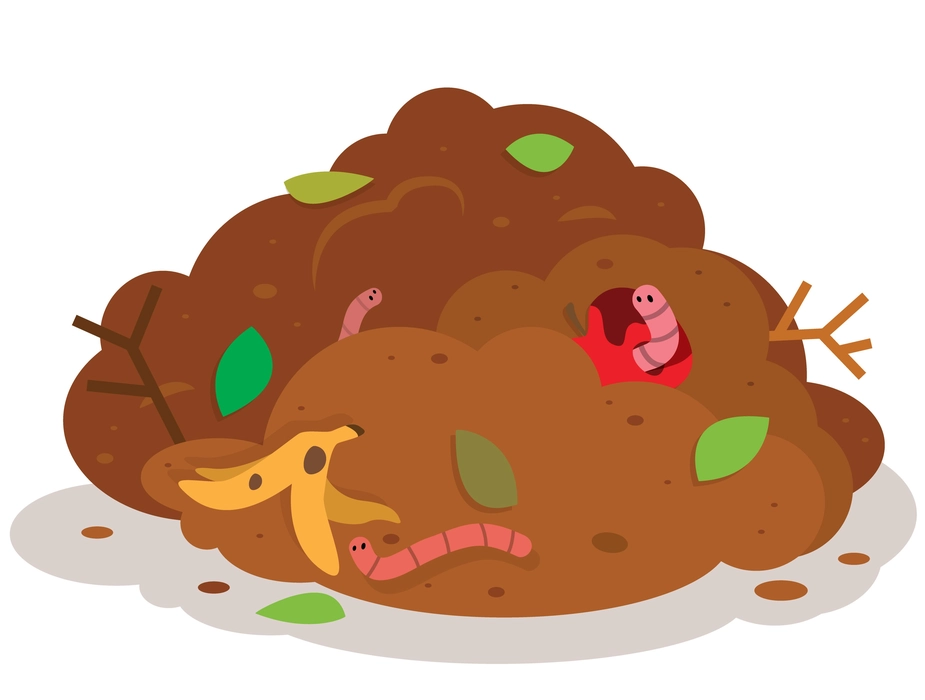


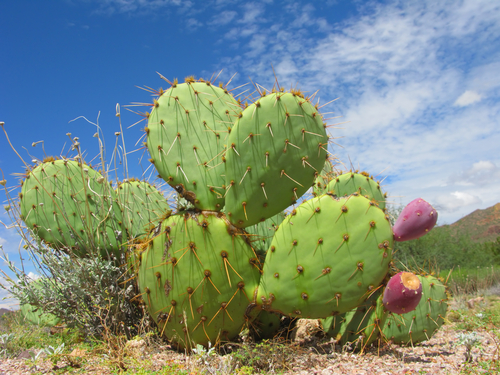

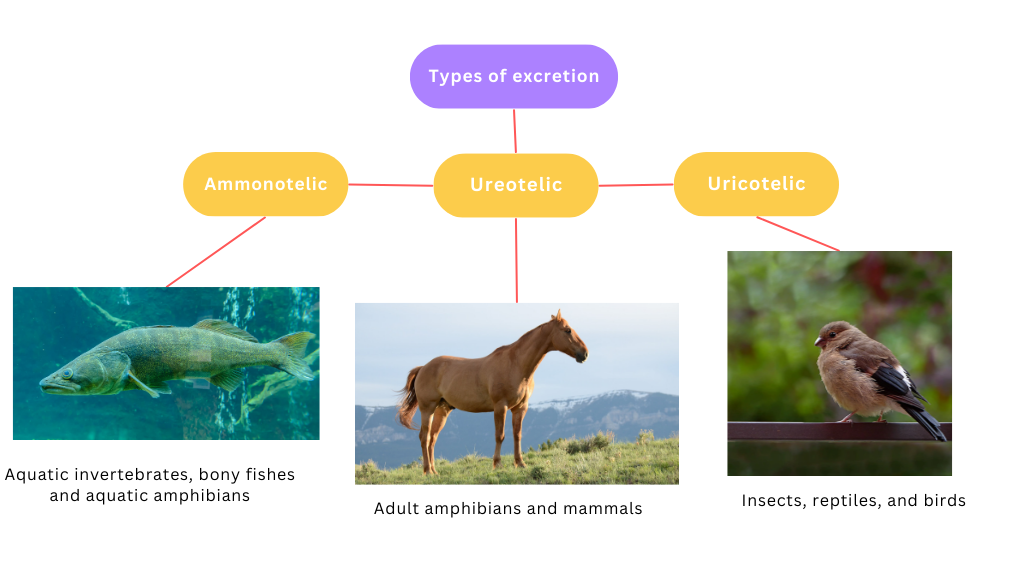 Excretion
Excretion